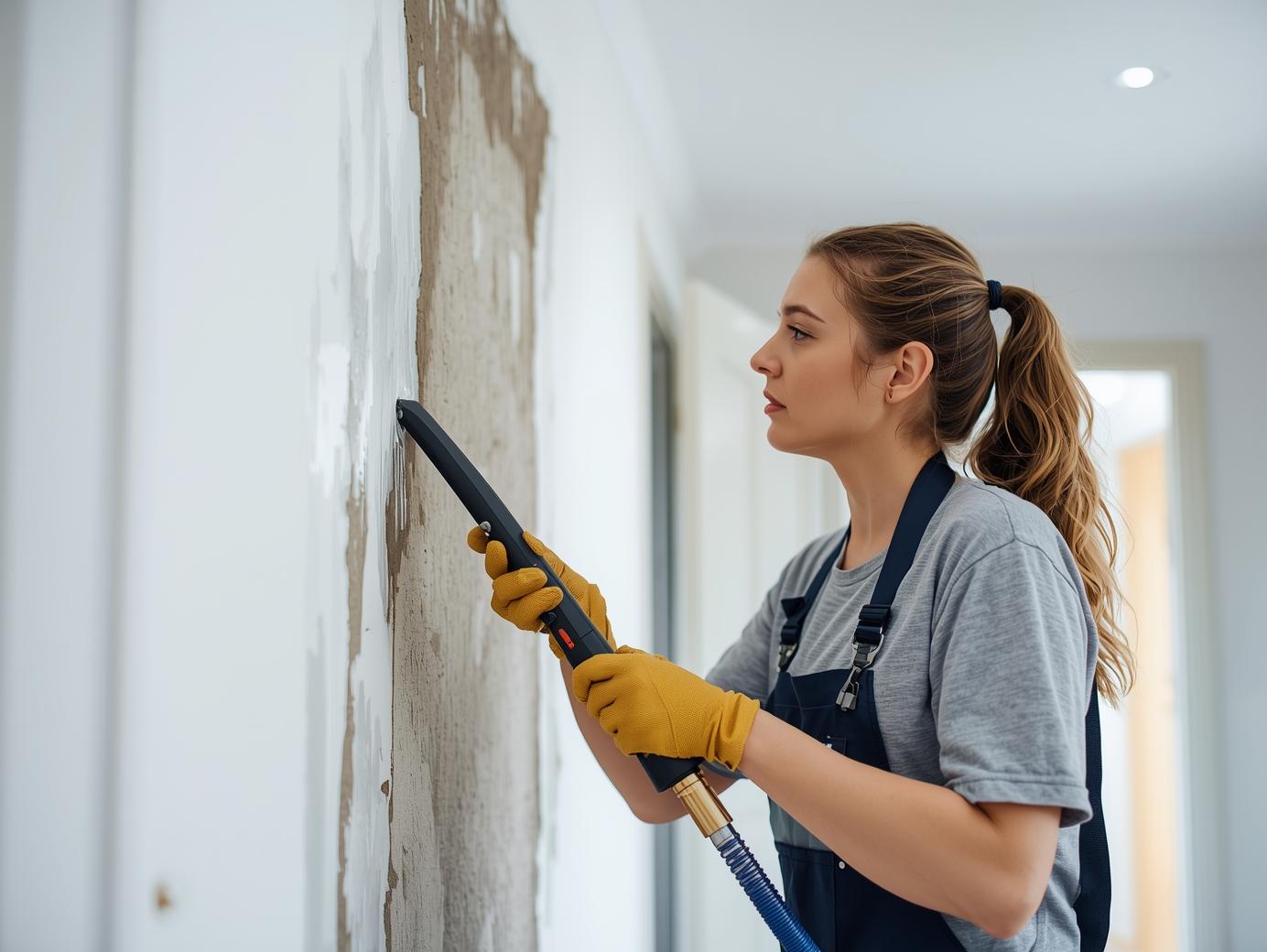
The Science Behind Effective Water Damage Drying and Dehumidification
- 28 Sep, 2025
Successful water damage restoration relies heavily on understanding the scientific principles of moisture movement and evaporation. Professional restoration companies use advanced drying techniques based on psychrometrics, the study of air and water vapor properties. This scientific approach ensures efficient moisture removal while preventing secondary damage such as mold growth and structural deterioration.
Psychrometrics involves measuring and controlling temperature, humidity, and air movement to optimize the drying process. Professional water damage restoration companies use psychrometric charts to determine the optimal conditions for drying specific materials. These charts help technicians calculate the exact amount of moisture that can be removed from the air under different temperature and humidity conditions.
Air movement is crucial for effective drying, as it helps transport moisture away from wet materials. Professional restoration teams strategically place air movers to create optimal airflow patterns throughout affected areas. The goal is to maintain consistent air movement across all wet surfaces while avoiding air stagnation that can slow the drying process.
Dehumidification works by removing water vapor from the air, creating a moisture gradient that encourages evaporation from wet materials. There are two main types of dehumidifiers used in water damage restoration: refrigerant dehumidifiers and desiccant dehumidifiers. Refrigerant dehumidifiers work well in moderate conditions, while desiccant dehumidifiers are more effective in cold or humid environments.
Temperature control plays a vital role in the drying process. Warmer air can hold more moisture, but excessive heat can damage certain materials or create uncomfortable conditions for workers and occupants. Professional restoration companies carefully monitor and control temperatures to optimize drying efficiency while protecting building materials and contents.
Flood damage repair requires understanding how different materials absorb and release moisture. Porous materials like drywall and carpet absorb water quickly but can be difficult to dry completely. Non-porous materials like tile and metal may not absorb water but can trap moisture in joints and crevices. Professional restoration teams use moisture meters and thermal imaging to identify hidden moisture in all types of materials.
Emergency flood experts understand that proper drying requires a systematic approach. They begin by removing standing water and then implement a comprehensive drying strategy that addresses all affected materials. This includes monitoring moisture levels throughout the process and adjusting equipment placement and settings as needed to maintain optimal drying conditions.
Professional water damage repair companies use advanced monitoring equipment to track the drying progress. Moisture meters measure the moisture content of building materials, while hygrometers monitor air humidity levels. Thermal imaging cameras can identify temperature variations that indicate moisture presence, even in hidden areas behind walls or under floors.
When searching for the best water damage restoration companies near me, look for companies that use scientific drying methods and have the proper monitoring equipment. They should be able to explain their drying strategy and provide regular updates on the progress. Professional companies also document all measurements and adjustments to ensure accountability and provide records for insurance purposes.
Flood restoration services must account for the specific characteristics of the affected materials and environmental conditions. Different building materials have different drying rates and requirements. For example, hardwood floors require careful temperature and humidity control to prevent warping, while concrete may need extended drying times due to its density and low permeability.
The drying process doesn't end when visible moisture is removed. Professional restoration companies continue monitoring until all materials reach their equilibrium moisture content, which is the natural moisture level for each material in the local environment. This ensures that no hidden moisture remains that could cause problems later.
Understanding the science behind water damage drying helps property owners make informed decisions about restoration services. It also helps explain why professional restoration is often more effective than DIY attempts, which typically lack the scientific knowledge and specialized equipment needed for optimal results.
